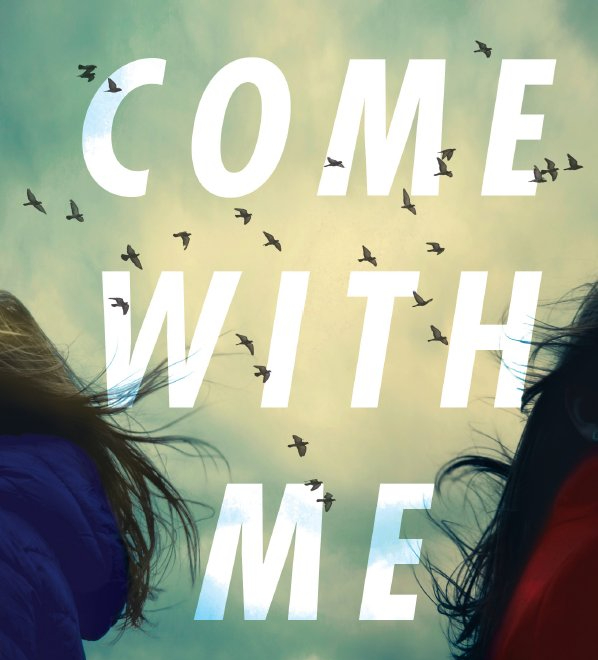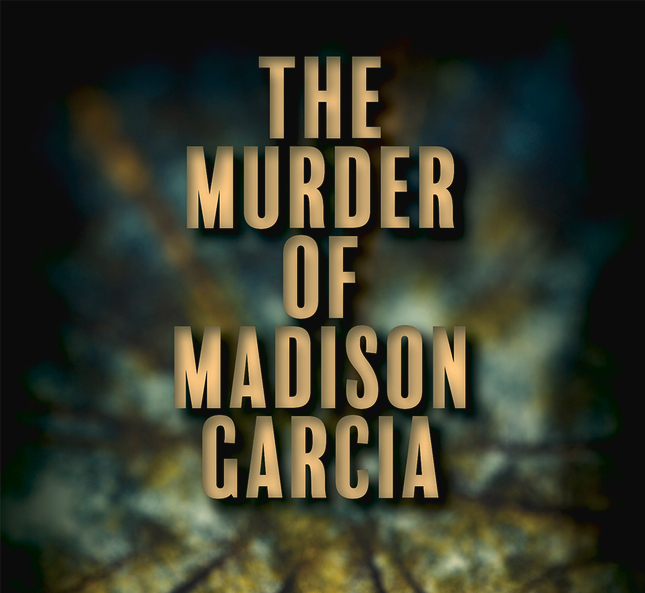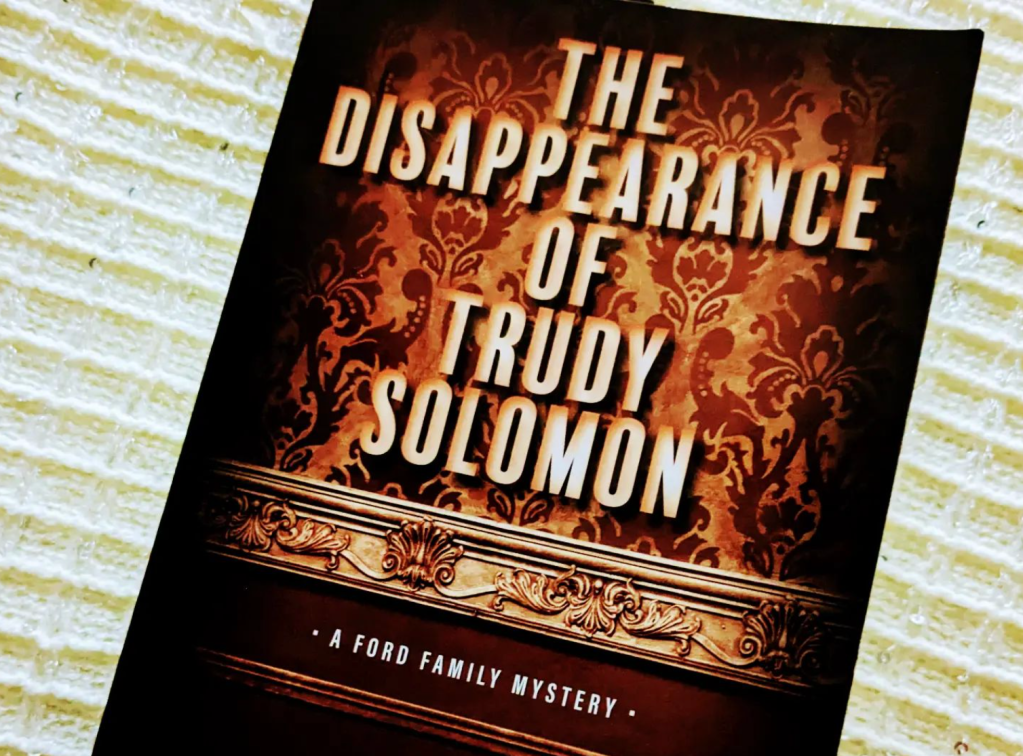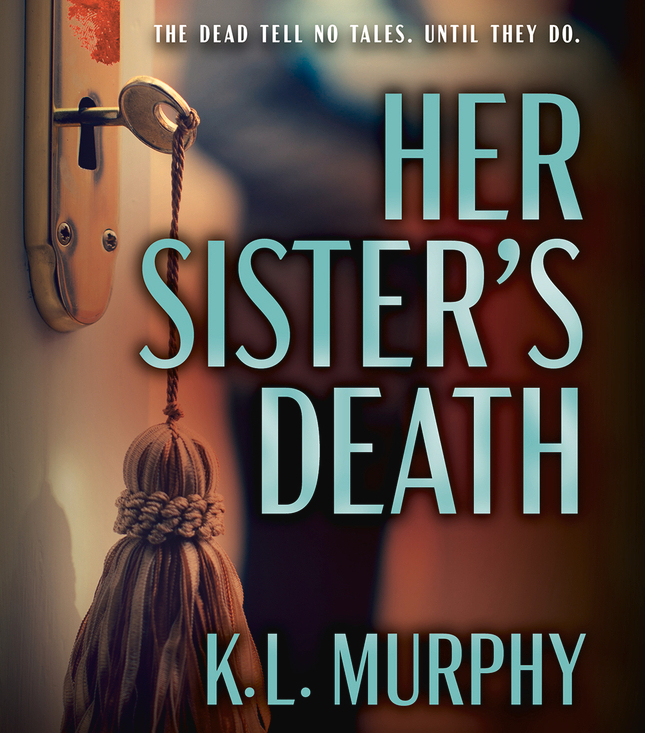
Thanks to NetGalley and Thomas & Mercer for an early copy of this book.
COME WITH ME opens with two young women, Gwen and Nicola, who are in their final year of college and meet as interns. We find Gwen daydreaming about her wedding as the more intense Nicola lists out her rules for career success. Upon graduation, the two lose touch once Gwen leaves the company to get married, but ten years later when Gwen’s husband dies and leaves her drowning in debt, she finds herself back in the job market. With no work history, Gwen is desperate for a reference and calls up Nicola, who is all too ready to help. Although they weren’t close during their internship, the posh and charismatic Nicola happens to be in search of a new best friend since her last one vanished (hmm, red flag?). Before long, the two are nearly inseparable, and Gwen begins to wonder if that’s a good thing. However, she’s let Nicola so far into her life and feels so indebted to her that she finds herself reluctant to take a stand. Have you ever had a frenemy you didn’t know quite how to deal with? Let’s just say that you’ll relate to this story!
Reader Takeaway: A few chapters in, I had a hard time putting this book down. Flanagan portrays Gwen as having enough concerns about Nicola that I couldn’t help but feel suspicious, yet I could also totally relate to Gwen’s doubts about her own perceptions. Was she misinterpreting a look or a comment? Being too sensitive? Flanagan does a great job of portraying Gwen as someone who is smart and determined but struggling with confidence as she recovers from a huge life change. I would highly recommend this book to anyone who enjoys a good character-driven psychological thriller.
Writer Takeaway: Flanagan is a master of character development! As in her other novels, she puts the reader inside her characters’ heads with skillful internals and the perfect amount of backstory. This novel is also a great example of how to effectively intersperse flashbacks that round out characters while still moving the plot forward. The short flashback chapters throughout the book give us insight into the protagonist and antagonist and build up to a powerful twist near the end. (I can reveal no more; get the book!)













You must be logged in to post a comment.